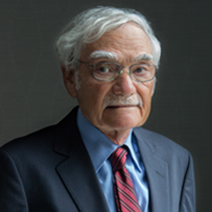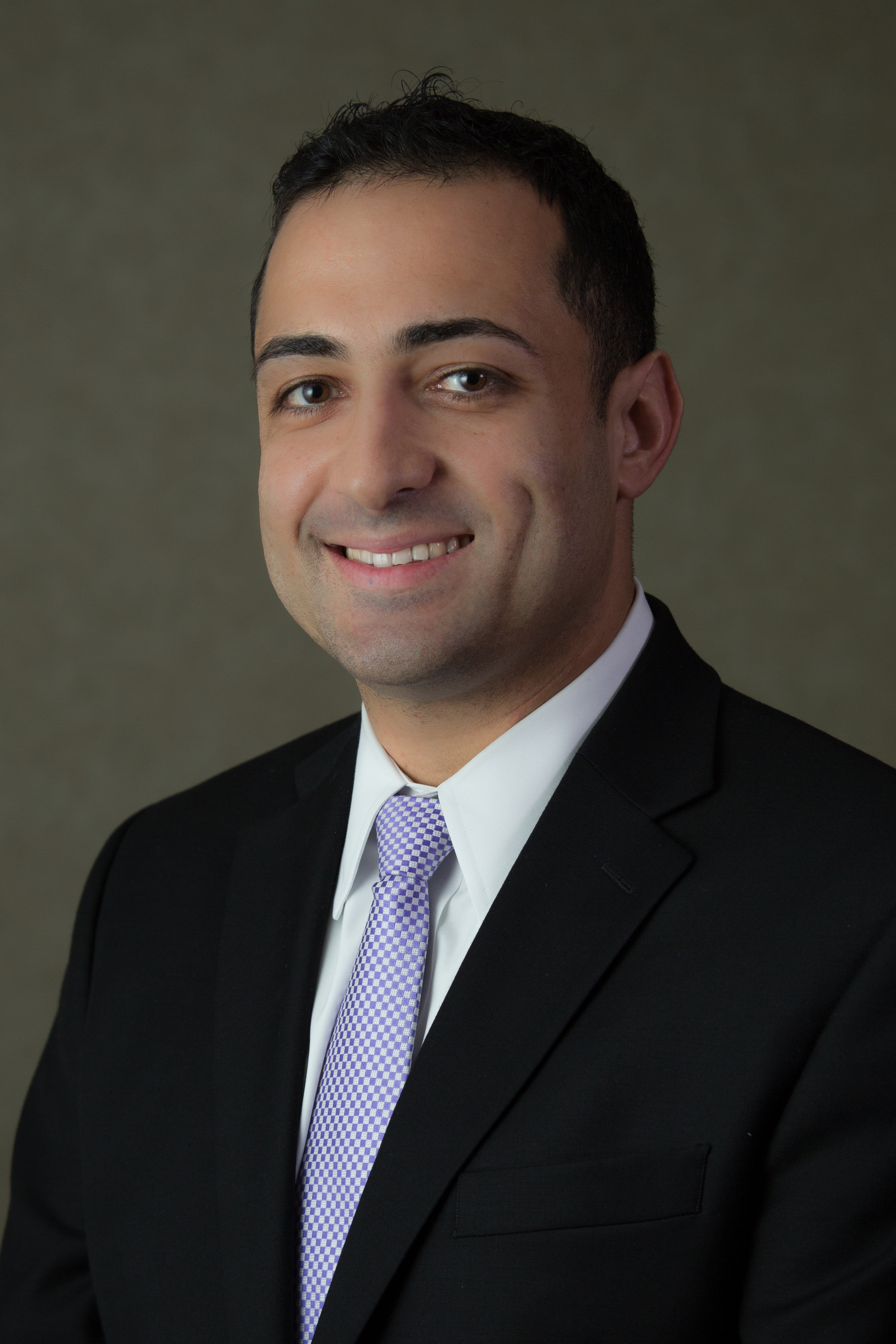The Breadth of Accidents Covered by Labor Law §240(1): Andresky v. Wenger Construction Co.
By: Robert P. Valletti
Defense Attorneys seek alternative avenues to try and beat the liberally construed plaintiff-friendly Labor Law §240(1). The main defenses include doctrines such as sole proximate cause and failure to use safety equipment that was on site and made available to the injured worker. Defense attorneys will also argue that the accident which forms the basis of the injured worker’s case is simply not covered by the language of the statute, e.g. if the accident did not involve the use of equipment during hoisting of an object, or if the falling object was not in the process of being secured, then §240(1) does not apply. These instances, however, are not examples of the law as it exists today, and Andresky v. Wenger Construction Co. reaffirms the principle that Labor Law 240(1) is meant to be liberally construed for the purposes for which it was enacted and covers instances not only where an object is being hoisted or in the process of being secured but also where the object was one that should have been properly secured after its placement.
In Andresky, the plaintiff was shoveling concrete out of a container which had been placed on the planks of a scaffold. The container had been raised onto the scaffold by a coworker using a forklift. The plaintiff testified that about one-third of the container hung over the edge of the planks of the scaffold, but that the container did not exhibit any instability prior to the accident. After the plaintiff had removed about 15 shovelfuls of concrete from the container in the presence of his foreman, the container tipped off the edge of the scaffold. The plaintiff, who was just removing his shovel from the container when it tipped over, was pulled down with it, and sustained injuries.
The plaintiff moved for summary judgment under Labor Law §240(1) which was denied by the Nassau County Supreme Court.
The Appellate Division, Second Department reversed, thus granting the plaintiff’s motion. The plaintiff established that the container of concrete was a load that required securing and that the defendant’s failure to appropriately secure the concrete container with proper safety equipment was a proximate cause of his injuries.
The Second Department opined that liability for falling object cases under §240(1) is not limited to instances where the object is in the process of being hoisted or secured. Liability, rather, is imposed where the object or material that fell was a load that was required to be secured for the purposes of the undertaking at the time it fell. Citing the seminal case of Runner v New York Stock Exch., Inc., 13 NY3d 599, 604 (2009), the Second Department held that “the applicability of the statute in a falling object case . . . does not . . . depend upon whether the object has hit the worker…[the applicability is determined by] whether the harm flows directly from the application of the force of gravity to the object.”
If you have been injured by a falling object or because of a fall from a scaffold or ladder while working at a construction site, call the Construction Site Accident Attorneys at 1-888-GINARTE today. You may be entitled to money for your injuries. We have 25 experienced Construction Site Accident attorneys ready to get started on your case today. Put our 150 years of combined experience to work for you!













